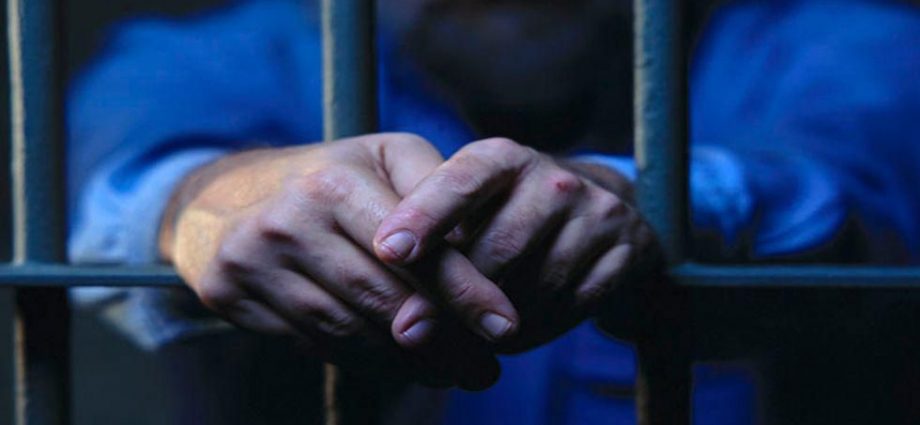TUESDAY, Aug. 10, 2021 (HealthDay News) — COVID-19 spreads like wildfire through crowded U.S. prisons, and researchers are calling for policy changes to protect inmates.
“We may need to have stricter thresholds for where we draw the line on how crowded a facility can be,” study senior author Dr. Amir Mohareb said in a news release from Massachusetts General Hospital, where he is an infectious disease specialist.
Previous studies found that COVID infection rates are significantly higher in prisons than in the general population, but it was unclear to what extent crowding was to blame.
To find out, Mohareb’s team analyzed weekly reports on positive COVID tests at 14 Massachusetts state prisons, the population of each, and the number of inmates each was designed to house (design capacity).
Crowding at the prisons varied greatly during the study period, ranging from 25% to 155% of design capacity.
The more crowded prisons were, the higher their COVID rates. Every increase by 10 percentage points in population relative to design capacity increased the risk of infection by 14%, the study found.
Mohareb noted that a prison doesn’t have to exceed its design capacity to increase the danger for inmates. A prison operating at 80% capacity is riskier than one at 70% capacity, he pointed out.
The researchers also looked at the percentage of inmates housed in single cells. For every 10-percentage-point increase in number of inmates living in single cells, COVID risk dropped 18%.
Like other studies, this research found that inmates have more than six times the risk of COVID infection compared to the general public.
It also showed that infection rates in prisons tended to reflect those of their surrounding communities.
When Massachusetts’ COVID numbers were low during the summer of 2020, they also tended to be low in prisons. But as community numbers spiked late last year, they also soared in local prisons.
“Prisons are intricately linked to their surrounding communities,” Mohareb said.
Greater attention to infection control (through vaccination and routine testing) among guards, support staff, vendors and others who come and go from these facilities is essential, he said.
COVID shots are optional in Massachusetts state prisons and a large number of prison workers aren’t vaccinated, researchers noted.
They said one way to reduce COVID-19 risk in prisons is to release inmates who are at low risk of reoffending.
“It was the almost universal opinion of experts in public health, infectious disease and epidemiology from the start of the pandemic that prisons were going to be places of immense suffering unless inmates were released in a coordinated manner,” Mohareb said. “And that really didn’t happen.”
The findings were published Aug. 9 in JAMA Internal Medicine.
More information
The U.S. Centers for Disease Control and Prevention has more on COVID-19 and prisons.
SOURCE: Massachusetts General Hospital, news release, Aug. 9, 2021
Copyright © 2025 HealthDay. All rights reserved.

